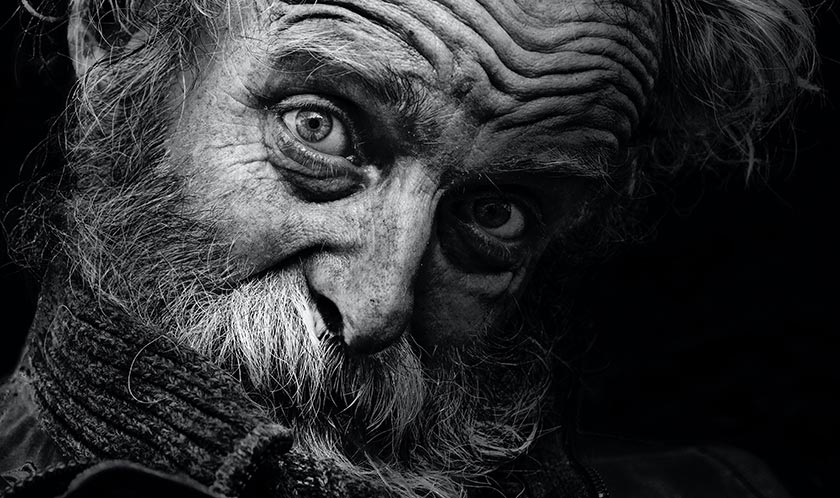Viva Resa: Your Gateway to Insightful Living
Discover news, trends, and tips for a vibrant lifestyle.
When Is a Portrait Not a Portrait? The Quirky Side
Discover the surprising twists in portrait art! Explore when a portrait breaks the mold and enters the quirky realm of creativity.
The Unconventional Portrait: Exploring Non-Traditional Representations
The Unconventional Portrait challenges the notion of traditional representations in art, photography, and digital media. Instead of adhering to established standards of beauty and form, artists today are breaking boundaries, exploring diverse narratives that reflect a broader spectrum of human experiences. This shift has given rise to non-traditional representations, where subjects are portrayed in ways that emphasize their individuality rather than conforming to societal expectations. By utilizing unconventional materials, techniques, and perspectives, these artists create resonant images that provoke thought and encourage viewers to reconsider their perceptions of identity.
One of the key factors driving this movement is the desire for inclusivity and authenticity in art. As artists embrace different styles, such as abstract forms or mixed media, they invite audiences to engage with their works on a deeper level. The non-traditional representations not only celebrate unique attributes but also challenge the viewer's own biases and preconceived notions. In doing so, they promote dialogues surrounding culture, gender, and the intricacies of personal stories, making each portrait not just a depiction, but a powerful statement on the authenticity of the human experience.

When Portraits Defy Definition: What Makes a Portrait?
The essence of a portrait traditionally invokes the idea of a representation of a person, often captured in paint or photography. However, when portraits defy definition, we begin to explore broader interpretations of what a portrait can be. A portrait is no longer confined to just the physical attributes or facial features of its subject but can also encompass emotional depth, character, and context. Artists like Frida Kahlo and Marina Abramović have demonstrated how portraits can transcend the ordinary by infusing personal narratives and societal commentary, transforming them into compelling stories that defy conventional boundaries.
In this evolving landscape of art, we encounter various forms that challenge our understanding of a portrait. Mixed media, installations, and even digital art are shaking up the traditional genre, inviting audiences to ponder questions of identity, environment, and time. Social media platforms have also played a pivotal role in this evolution, allowing individuals to create and share their own self-portraits that may be more about a lifestyle or a moment rather than a direct representation. As we navigate this complex definition, it becomes clear that what makes a portrait is not just the image itself but the stories, emotions, and discussions it sparks in its viewers.
Beyond the Canvas: The Surprising Forms of Portraiture
Beyond the Canvas: Portraiture is often synonymous with traditional painting, where the human form is captured in oils or watercolors. However, the art of portraiture spans far beyond these conventional boundaries. Modern artists are exploring innovative mediums such as photography, sculpture, and even digital art to convey identity and emotion. For instance, the use of installations allows artists to create immersive environments that challenge our perceptions of self and representation. These surprising forms of portraiture not only expand the definition of what a portrait can be, but they also invite viewers to engage with the subject matter in profound, interactive ways.
Another fascinating avenue of portraiture is the exploration of cultural and social dimensions. Artists like Yayoi Kusama use installation art to reflect their personal experiences, while others may incorporate elements of performance, giving life to their subjects in a manner that static images cannot. Additionally, mediums such as fiber arts offer a tactile and intimate representation, often celebrating the intersection of craft and high art. By looking beyond the canvas, we discover a rich tapestry of portraiture that challenges the viewer's understanding of identity, making art a dynamic conversation rather than a passive observation.